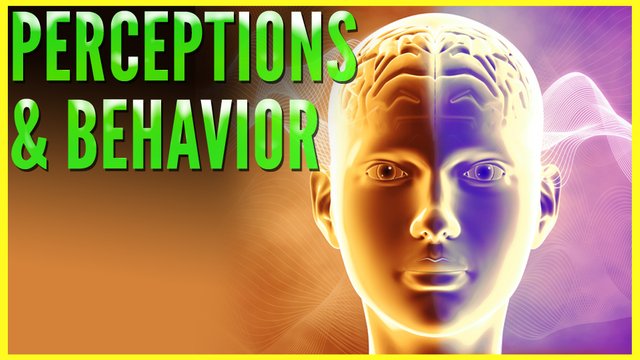Change People’s Perceptions, And You Can Change Their Behavior

A Stanford Study recently discovered that perception – how we see something – can actually affect how we behave. The study, which showed how people would eat less meat and conserve more water if they thought it could help to change their society for the better, is an important one tht marketers should be taking an interest in.
After all, marketing is a perception game: you have a product, and your goal is to change someone’s perspective from mild interest as to how you can help them into convinced that they need you or your product as it will revolutionize their life.
If you’re new to the game, you already know that this is a lot trickier than it might initially seem: as it turns out, transforming perception is more than just a sleight of hand, it’s literal black magic that fights against one of the most powerful forces in the universe: the status quo.
In other words, you need to fight the commonly-held assumptions of society, and somehow turn them on their head to win over your client. Advertising and marketing, along with publicity, are valuable tools in this process as they help to introduce, then reinforce a new paradigm – but you don’t need to change the world to sell your products. You just need to change one person (at a time) and their perspective to get units shifting.
Think back to your childhood, especially if you’re a little older. Remember how seatbelts were more ‘optional’ and smoking was everywhere? That’s not all that long ago, yet it was perfectly fine. Sure, some people didn’t like it – but look at the world today.
And that all came from some campaigners who fought, fought, and fought with marketing and tools to get the world to come around to their point of view. It’s easy to forget just how powerful marketing is, but that is a solid piece of evidence in the lifetime of many that it can and does change, even if it’s like wading through treacle at times.
An important point to note here is dynamic norms and static norms. As their names suggest, static norms suggests that a social norm – such as smoking in restaurants at one time – can be seen as unchanging and a simple ‘truth’ of living by society. Feel people are going to question it, and some might not like it being questioned, even if they are not smokers. Think back to the early days of internet marketing and shopping, when everything was viewed with a suspicious eye as a scam.
Now? Quite different. A dynamic norm is one that has lost its rigid ‘that’s just how it is’ status. Now, it’s becoming something that people question – and their behavior may change. They’ll try shopping online, or complaining to the restaurant owner that the smell of cigarettes is bad, the fug it creates, the stains… why not ban it? They’ll start to insist that people wear seatbelts.
Slowly, that can spread, as the idea reaches more people who reconsider their perceptions. Online shopping doesn’t scam people, who go on to tell others. Cryptocurrency makes millionaires, which sparks interest in a new way to exchange and transfer value. A new product starts to pick up traction. A new mind collects fans.
While the Stanford study wasn’t focused on marketing, it’s easy to take its results and gain a powerful insight that can help you to improve your marketing – so, consider your perceptions and how you can push them next time you’re out hustling.
Valuable article sir @jimmy. I appreciate it.